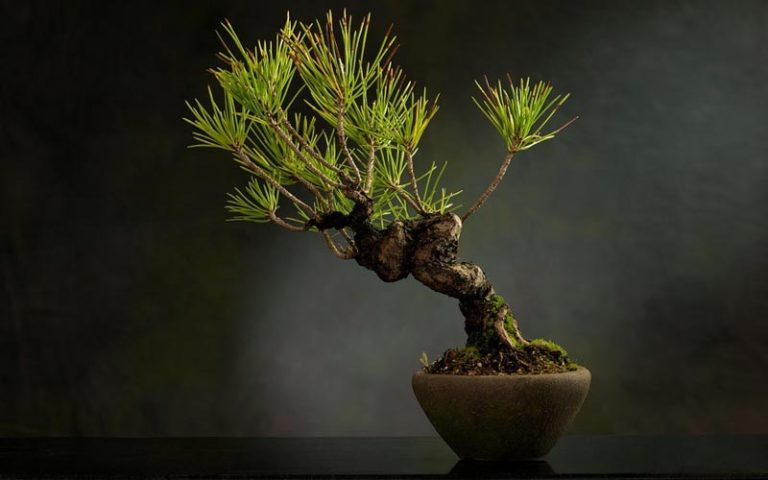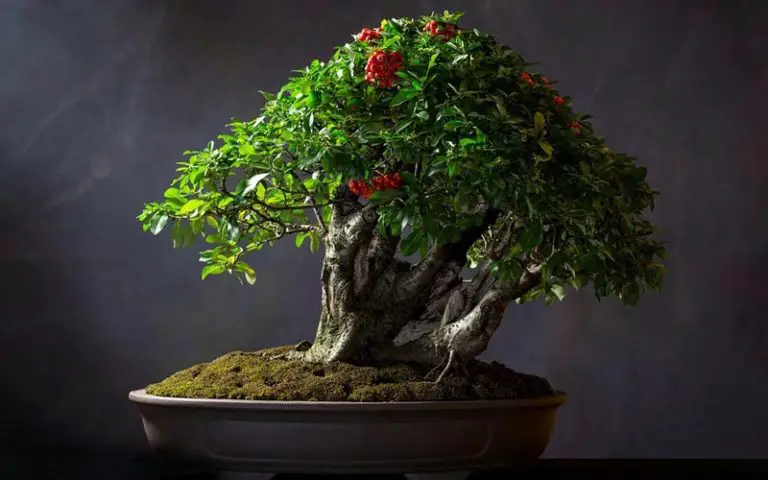Tips for Growing Indoor Bonsais
From a very young age, and with an enquiring mind, when I first heard of bonsai trees—and the concepts relating to the subject—I always wondered whether it was an art or a science. What also bothered me was the question of whether, if deliberately stunting the growth of a ‘living’ organism such as a tree, amounted to cruelty.
I mean no disrespect, but this was some two decades after the second world war ended, and I had been brainwashed about the cruelty of the Japanese (at the time when people told me how bonsai trees originated). I had been thinking about the Kamikaze suicide pilots who shouted “banzai” before flying their aircraft into American warships.
I have since found out that bonsai cultivation is a combination of art and science and that there’s no cruelty involved, provided that you look after your bonsai (whether gifted to you or your creation).

Here are the topics you can look forward to in our guide:
Here are the topics you can look forward to in our guide:
What is a Bonsai?
A bonsai is a non-genetically dwarfed tree or plant. Healthy and limited growth is redirected using pruning, pinching buds, wiring branches, and carefully restricting (but not discarding) fertilizers.
Mostly kept under four feet in height, plants with smaller leaves generally make these art creations easier to design. Any plant species with a woody stem or trunk and grows proper branches can be successfully grown in a container that restricts its roots and food storage capability.
The above, in a nutshell, explains a bonsai. The art originated in China where, probably over a millennium ago, trees were planted in trays, wooden containers, and earthenware pots—then trained into lifelike shapes. Bonsai, however, has been followed and advanced primarily by the Japanese.
What Makes a Good Indoor Bonsai Tree?
Bonsai trees are grown in a container or plant pot and then trained to generate a desired effect or shape. There is an abundance of species of bonsai for indoors. Although many choose a bonsai plant for its appeal, you must pick the correct plant for the surroundings in which it will live.
Consider the following.
Size
One of the first things you need to think about when buying a bonsai is the space available where you plan to place it. The space matters because bonsai plants can come in many different sizes, and you must obtain one that will grow to the right size for its space.
The Environment Where it will Live
While most indoor bonsai trees need plenty of light and protection from cold, some will require more specific conditions. Research these conditions, or discuss them with an expert before deciding which tree to buy and keep in a particular environment.
Growers Knowledge and Expertise
Some varieties of trees can be much easier to grow than others. If you are beginning and don’t have much experience developing bonsai, types such as those covered earlier are prevalent. They are adaptable to climates and don’t need such a strict care system to survive.
Buying a Healthy Tree
The essential tip to growing a fit plant is starting with a healthy one. These are the key things to consider when buying a tree.
- Branches: A healthy tree should not have crossing branches, and you should evenly distribute them throughout the plant’s shape.
- Leaves: The leaves on a bonsai should be a healthy green color. None of the leaves should be dry or look off-color.
- Roots: The roots should stick slightly out of the soil but be anchored to the pot securely.
- Trunk: The trunk should be thicker at the bottom than at the top, as with a regular tree, and its surface should be smooth.

Our Tips for Growing Indoor Bonsais
To become that expert on everything bonsai-related with growing them indoors, you will need to know the following.
Best Pruning Practices for Indoor Bonsai Trees
Undoubtedly, the most critical way of training a bonsai is by regular pruning, which involves two different techniques:
- Maintenance pruning – to keep and refine the existing shape of a Bonsai
- Structural pruning – more rigorous pruning that gives a tree its basic shape or style
Bonsai size classifications
For the beginner, bonsai can be classified into the following three sizes:
– Miniature bonsai trees range from one to ten inches in height.
– Medium trees are between 10 and 36 inches high.
– Large bonsai grow from 36 inches to as high as 80 inches.
Growing and cultivating trees
Once you’ve decided on which tree to grow where, it will just require some diligent care, regular maintenance—and a whole lot of patience. The main things to bear in mind here are watering, pruning, fertilizing, wiring, and re-potting.
We will be discussing these aspects in more detail in our later articles.
Shaping and styling techniques
There are various tools and equipment required for successfully growing bonsai plants. These are needed to shape and style your tree and are items such as:
- Bonsai scissors
- Pruners
- Root pruning shears
- Concave branch cutters
- Wire cutters
- Root rake/hook or chopstick
- Tweezers
- Spray bottle and a small watering can
- Wire
As you gain more experience, you’ll find yourself coming up with ideas and gadgets to make things easier.

Final Thoughts
As you can see, growing an indoor bonsai can be an exciting experience. And now that you have some tips from us here at Bonsai Alchemist, you can give it the best care possible!
FAQ About the Indoor Bonsai Trees
Most critical for your tree is the amount of light it gets, so position it to benefit from the most light.
The best indoor bonsai plants require the lowest amount of care. These trees only need occasional pruning, fertilizing, and very infrequent re-potting to survive for years.
Yes. However, a common misconception about bonsai plants is that they should be kept indoors. Most bonsai should be outdoors, where they experience the four natural seasons just as typical trees do.
There are many answers to this question, the main one being that, in many ways, a Bonsai links the best features of both a pet and a houseplant. A Bonsai is a living, growing, loving (you’ll feel it) entity that’s happy to share in your life—without being demanding or damaging its surroundings.
If you grow a bonsai from seed, an average plant can take up to 5 years to start looking like a real tree. Most people buy or are gifted a bonsai tree that’s been pre-grown (around five years old) and take care of it for 10-15 years more. If kept and handed down from generation to generation, they can live for up to 300 years.







